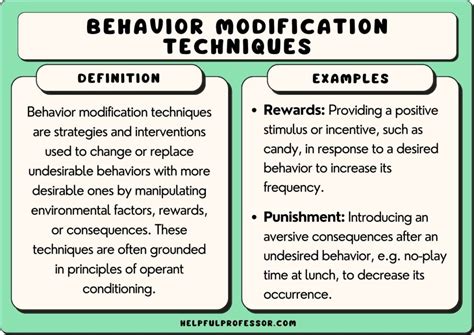Introduction

In a world where pets are increasingly becoming integral members of our families, it’s essential to address the complexities of pet behavior. From unwanted barking to aggression, understanding and correcting behavioral issues is paramount to fostering harmonious relationships between animals and their human companions. This article delves into the distinctions between behavior modification and correction, explores their pros and cons, and provides practical strategies for effective behavior management in 2025 and beyond.
Behavior Modification vs. Correction: Know the Difference
Behavior modification, also known as positive reinforcement training, focuses on rewarding pets for desired behaviors. It involves identifying positive behaviors, reinforcing them, and gradually shaping the pet’s behavior through repetition and consistency.
Correction, on the other hand, employs punishment techniques such as negative reinforcement (taking away something desirable), physical discipline (e.g., hitting, leash pulling), or aversive stimuli (e.g., spraying with water, using shock collars) to deter unwanted behaviors.
Choosing the Right Approach
Deciding between behavior modification and correction depends on several factors, including the pet’s temperament, age, and the specific behavioral issue.
| Approach | Pros | Cons |
|---|---|---|
| Behavior Modification | Humane, builds trust, promotes positive behavior, reduces stress | Time-consuming, requires patience and consistency |
| Correction | Immediate suppression of unwanted behavior, effective for severe behavioral issues | Can be harmful, can damage the bond between pet and owner, may lead to fear or aggression |
Effective Strategies for Behavior Modification
- Positive reinforcement: Reward the pet with treats, praise, affection, or play when they exhibit desired behaviors.
- Shaping: Break down complex behaviors into smaller steps, reinforce progress, and gradually increase difficulty.
- Counter-conditioning: Pair a feared or unwanted stimulus with something positive, such as treats or play, to change the pet’s association.
- Redirection: Provide an alternative activity or object to distract the pet from unwanted behavior.
- Management: Prevent the pet from engaging in unwanted behaviors by controlling their environment or access to certain triggers.
Common Behavioral Issues and Correction Techniques
- Aggression: Assertive commands, physical restraint, and aversive stimuli can suppress aggression in the short term but may also worsen the problem in the long run.
- Separation anxiety: Gradual separation training, anxiety medication, and pheromone diffusers can help reduce separation anxiety.
- Destructive behavior: Seeking professional help, providing adequate exercise and mental stimulation, and using deterrents like citrus scents or bitter sprays can mitigate destructive behavior.
- Toilet training: Regular potty breaks, positive reinforcement, and accident prevention measures are key to successful toilet training.
FAQs
-
Q: Which approach is better: behavior modification or correction?
A: Behavior modification is generally preferred due to its humane and long-term benefits, although correction may be necessary in certain severe cases. -
Q: How long does it take to modify a pet’s behavior?
A: It varies greatly depending on the individual pet and the behavioral issue; consistency and patience are essential. -
Q: Can I train my pet myself?
A: It’s possible to do basic training at home, but seeking professional help can be beneficial for complex behavioral issues or special needs pets. -
Q: What if my pet is aggressive?
A: Aggression requires immediate attention and professional assessment; it’s dangerous to attempt to correct it yourself. -
Q: Can I punish my pet for unwanted behavior?
A: Punishment can harm your pet and make behavior worse; focus on positive reinforcement and redirection instead. -
Q: How can I prevent behavioral problems in my pet?
A: Early socialization, proper training, and providing a stable and enriched environment can help prevent behavioral issues.
Market Insights and Future Trends
The pet behavior modification market is projected to reach $10 billion by 2025, driven by growing pet ownership, awareness of animal welfare, and advancements in training techniques and technology. Emerging trends include:
- Personalized behavior plans tailored to each pet’s unique needs
- Remote training and virtual consultation services
- Use of AI and machine learning to analyze pet behavior and provide tailored solutions
- Increased focus on early intervention and preventative measures
Current Status and Next Steps
Pet behavior modification is a dynamic field that continues to evolve. As our understanding of animal behavior deepens, we must prioritize humane, evidence-based approaches that foster healthy relationships between pets and their owners. By embracing innovation and ongoing learning, we can effectively address pet behavior challenges and create a better future for our furry companions.





















